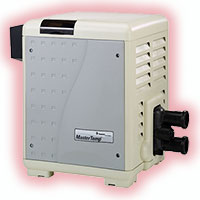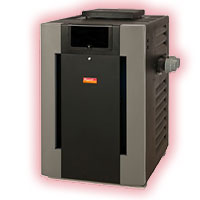
Pool maintenance might not always be the most fun part of owning a pool, but regular care will help to keep your pool clean and your equipment functioning properly. Proper maintenance is the best way to ensure that you are getting the most out of your pool. Accurate pool maintenance can help you save money and extend the life of your pool. You can keep track of your pool’s maintenance by following an organized schedule.
Weekly Pool Maintenance:
- Check the water levels to ensure that the pump can work efficiently
- Test the water and adjust the pH if necessary
- Test the chlorine levels in the pool water
- Test and adjust the alkalinity
- Test oxidizer and stabilizer levels and adjust if needed
- Inspect the pool water and check for clarity and algae growth
- Remove any leaves or debris from the bottom of the pool and skim the surface of the water to remove debris
- Add the appropriate amounts of weekly chlorine
- Check the filter pressure and backwash if necessary
- Shock the pool at least once every 2 weeks to eliminate contaminants and restore clarity to the water
Monthly Pool Maintenance:
- Test the calcium hardness and adjust accordingly
- Test the total alkalinity
- Clean the filter using chemicals
- Inspect equipment such as pump and filter for proper functioning
- If your pool has a liner, inspect the liner for holes and tears and make any necessary repairs
- If you have a concrete, gunite, or fiberglass pool, inspect for cracks.
- Check all other pool equipment including ladders, handrails, diving boards, etc. to make sure nothing is loose and it is working properly
Annual Pool Maintenance:
- Winterize and close your pool by doing the following:
-balance the water levels: pH, total alkalinity, calcium hardness
-lower the water levels to avoid freezing and blow out the lines to remove any excess water
-run the filter continuously for about 24 hours
-drain the pump and filter to remove any water
-Thoroughly clean the pool by vacuuming and removing all debris
-Remove skimmer baskets, ladders, and other exterior pool equipment
-Cover the pool
Whether you complete these tasks yourself or hire a professional, proper maintenance is an essential part of owning a pool. Regular maintenance will help to keep your equipment working properly and it will also help you to achieve a clean pool that is healthy and free of bacteria. This is the best way to extend the life of your pool and get the most enjoyment out of it.
If You need maintenance, contact The Blue Lagoons !
Happy Swimming!











